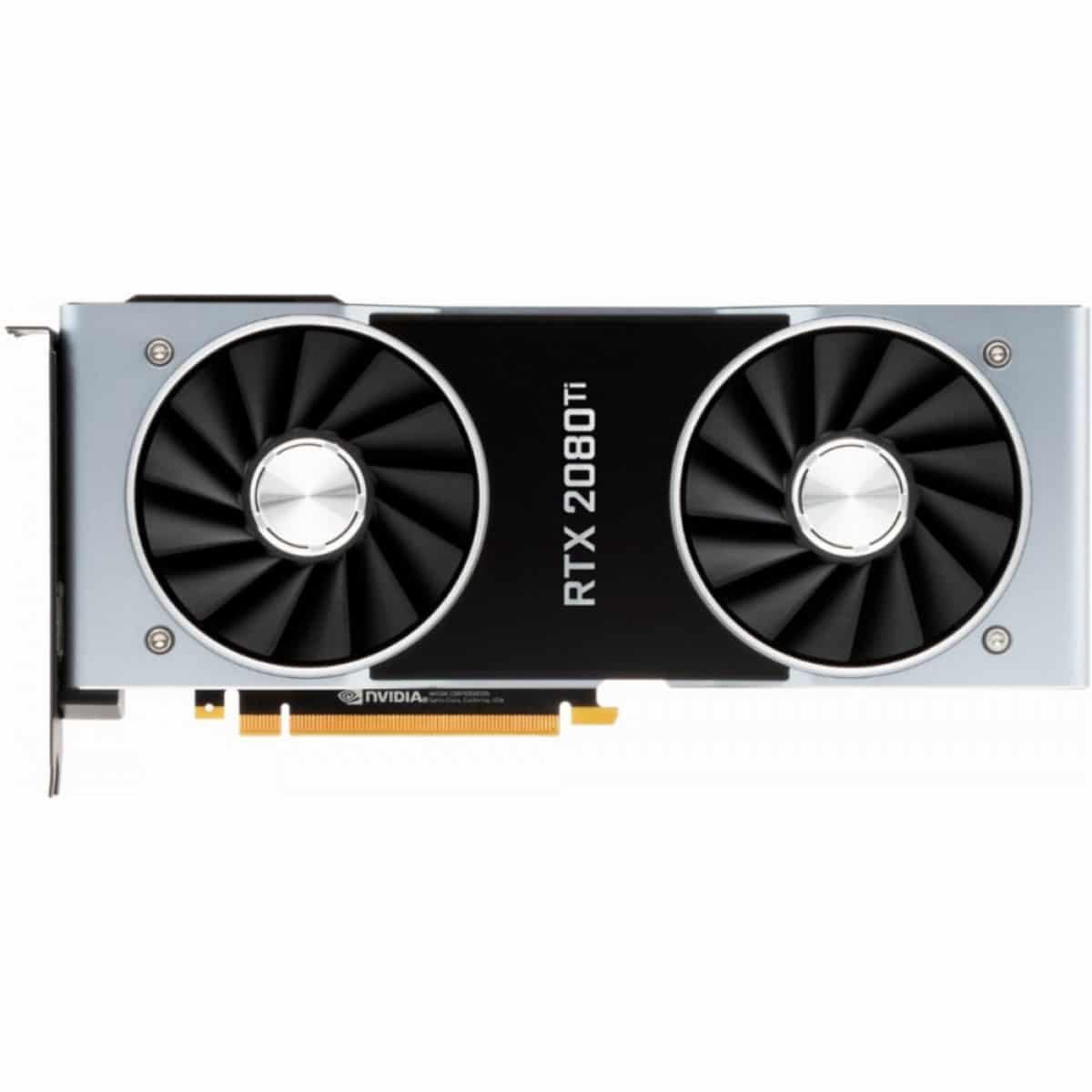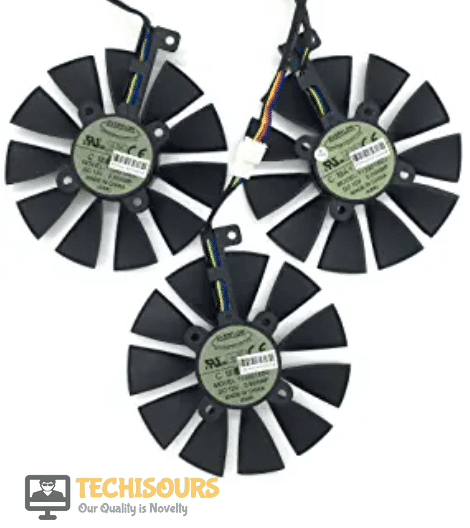Fix: Graphics card Overheating on PC
A graphics card is one of the most integral parts of a PC and also the most expensive hardware than can be externally attached to the computer. Gamers spend a lot of time and effort in the search for the best graphics card for their system. No matter how perfect the card is, it malfunctions sometimes and a lot of users have been complaining about their Graphics Card overheating, overheating is always disastrous for the system moreover it can cause permanent physical damage to the card. Here we have discussed some solutions in order to solve the overheating problem of the card.

What Causes the Graphics Card to Overheat?
This particular issue has been investigated by us after looking at various user reports and the repair strategies that are commonly being used to fix this problem. As it turns out there are several different potential culprits that might end up triggering this specific problem. Some of them are listed below.
- Filthy vents are the main reason for the overheating. Dirt and debris might get stuck into the vents as time passes and it becomes a huge hindrance in managing good airflow.
- Clogged or broken fans can cause the card to overheat, as fans are responsible for keeping a cool environment inside the system any fault in them can affect the card adversely.
- Bad airflow of the case can trigger this error no matter how perfectly your fans are working If there isn’t sufficient airflow to your video card, this can also cause it to overheat.
Pre-Tips:
The best and easiest way to cool the graphics card if you encounter the overheating problem is to blow up the dirt and debris struck into your case before heading to more complex solutions. The dust builds up inside the case and blocks the airflow hence the graphics card heats up. The heated card can affect the system so adversely that it can malfunction. Follow the steps stated below in order to save your graphics card from overheating.
- Shutdown your system and unplug the switch from the socket, make sure that the system is not powered on.
- Remove the back case/cover of your system and blow the dust present inside of it. You can use a small blower or a clean cloth to wipe it off.
- Clean the inside of your system especially the graphics card completely and thoroughly, ensure that it is absolutely dirt and filth free, and no air passage is blocked.
- Once the cleaning is complete put the cover back on the system and restart it.
- Play your favorite game for a while and check if the card heats up again or not.
How to prevent your Graphics Card from Overheating?
Solution 1: Change The Thermal Paste
As time passes, the thermal paste applied on the card might get deteriorated due to which its thermal performance might be hindered and the card heats up quickly. Therefore, it is recommended to reapply the thermal paste of the card to get better thermals.
- Strip the card down by unscrewing its fan mount, unplug PCI-E connectors, and then remove any screws attached to the backplate.
- Gently remove the graphics card cooler and locate the old thermal compound, don’t forget to remove the fan power connectors.
Graphics card thermal paste - Use isopropanol to rub off the old compound from the graphics card and remove all the old thermal pads attached to the card.
- After rubbing the old compound completely, apply the new thermal paste on the card. For this, you can use any well-rated thermal paste on the market.
Thermal compound - Leave it for some time, assemble the card back together and attach the card back to the system.
- Restart your system and check if it is still overheating or not.
Solution 2: Tighten the Backplate Screws
If you are using a custom cooler on your graphics card, and since most coolers come with a backplate that rests in contact with the back of the card and absorbs the abundant heat, make sure that its screws are tightened correctly. In some cases, due to overheating or other variables, the screws might get loose which reduces the contact of the backplate with the card and prevents the cooling procedure from working efficiently.
Solution 3: Improve Ventilation.
The less complex and easy solution for preventing the card from overheating is to have a good airflow inside the case of the system. Remove the cover of the system if the card heats up gradually so that the air can pass through it easily. Increase the intake of cold air and exhaust of hot air this can only be done if the fans are working perfectly. Make sure all the fans are in working condition and dust-free. Replace the broken or clogged fans with the new ones. Place the system at a cooler place this can also help in maintaining a cool environment inside the case. Increasing the speed of the fan with the help of drivers can also help in resolving the overheating issue. You can also buy a better case to keep the airflow better the standard cases do not support airflow or remove the case permanently. If you are using liquid cooling make sure the pump is working efficiently. Use cooling pads if you have a laptop.
Solution 4: Add GPU mini Fans Or Heatsinks
Sometimes the addition of fans and heatsinks can help in cooling the overheated graphics card. Most of the card comes with a heatsink to help keep the GPU cool, attach a heatsink to the card if your card doesn’t have one. It is necessary to keep the heat sink clean so make sure it is filth free for the best results. Additional mini fans are helpful in maintaining the airflow. Attach some cooling fans to the graphics card to save them from the hassle of overheating.

Solution 5: Use efficient Drivers
A faulty video card driver can spike the temperature of the card and give rise to the overheating issue. If you often see artifacts on the screen of your system they are most likely due to a bad video driver. Prolong use of a bad video card driver can corrupt the graphics card it will set you back quite a few bucks to get it replaced. It is advised to replace your driver by installing and downloading a new one from the internet.
Solution 6: Underclock
Perhaps the last straw to fix the overheating issue of a card is to actually underclock it so that it doesn’t get used to its max which reduces the power takes by the card which in turn reduces the heat generated at the cost of some performance loss. You can use a good application such as MSI Afterburner to underclock your card.
Hopefully, the error must be gone till now. For further detail and information click here

